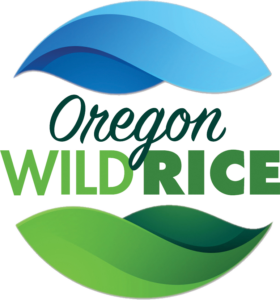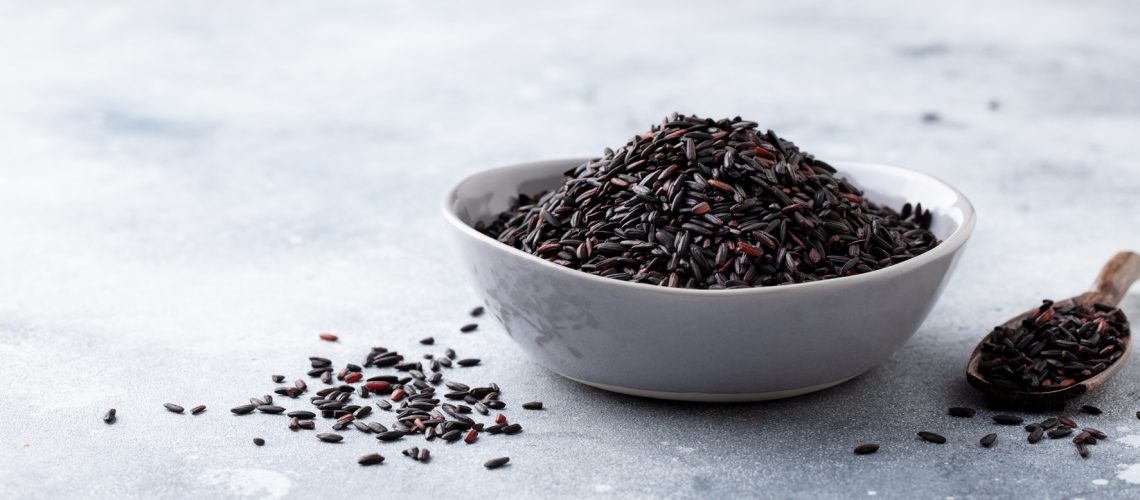The sad truth of the matter is that as far as rice goes, wild rice is often overlooked. Which is just crazy! Wild rice, while having incredible health-related benefits, has a positive ecological impact as well.
Let’s breakdown wild rice nutrition and you can decide for yourself how amazing wild rice benefits are!
Antioxidants
What is an antioxidant? Antioxidants help to protect the body from free radicals which cause damage to cells. Antioxidants may also be able able to reverse the damaging effects on the cells to some degree.
Considering the high amount of antioxidants found in wild rice, it has the potential to reduce or fight chronic diseases such as heart disease.
As far as rice goes, wild rice is said to have almost 30 times more antioxidants than white rice!
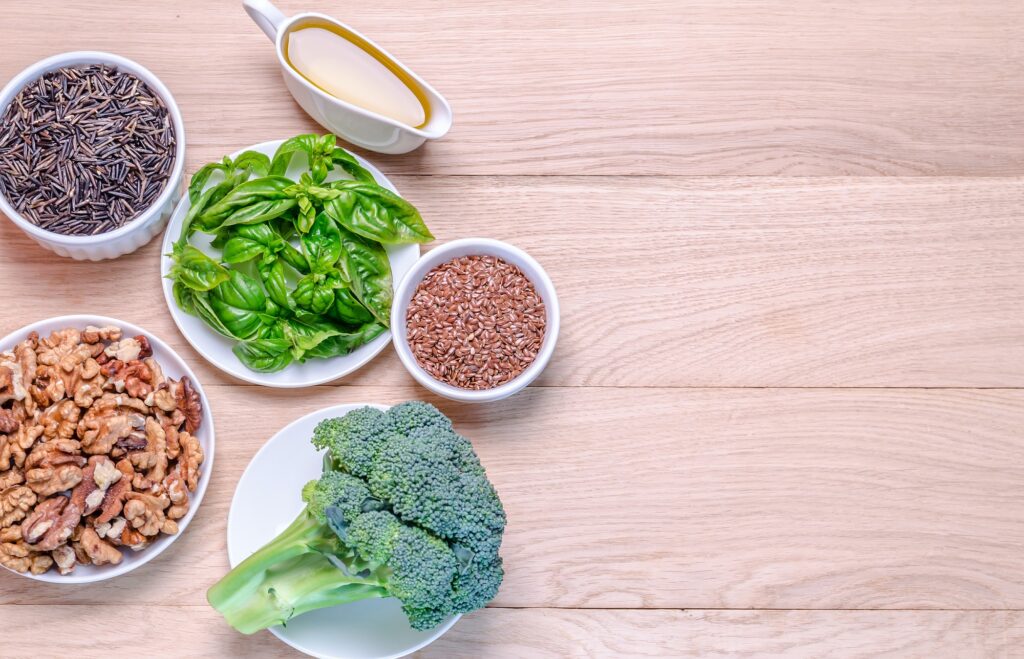
High protein
This rice also has a higher protein content than other rices and grains and since it contains all of the essential amino acids, it’s considered a complete protein.
Out of other comparable grains, it comes in fifth place for being high in protein.
Per serving, it contains roughly two times as much protein as white rice or regular brown rice. The high amount of protein in wild rice can also help you feel fuller longer.
It’s high protein level also makes it an optimal food choice for athletes or those into fitness. Consuming a good carb and protein food source before a workout can help to shed unwanted pounds, fuel your energy, and help build muscle.
High Fiber
The level of wild rice fiber is roughly 1.8g out of a 100g serving. The high fiber content in this rice helps optimize digestion and can help eliminate troublesome issues like constipation.
Research also shows that adequate fiber intake can even help to reduce obesity.
Low Carbohydrate
Comparatively, across the rice board, wild rice carbs are much lower than other rices. This makes it far better for those on a low carb diet.
Wild rice carbohydrates total approximately 35g per cup of cooked wild rice. Other kinds of rice are between 44g to 46g per cup.
Low Glycemic Index
The glycemic index is a ranking of carbs in foods in accordance with how they affect blood glucose levels. The lower the GI, the slower the food is digested and metabolized. Which causes a slower rise in the blood glucose and insulin levels.
The GI scale classifies foods as low, medium, and high on a scale of 0-100. A score of 55 or less is low, 56-69 is medium, and 70 on up is high.
Many kinds of rice are high on the glycemic index however, the wild rice glycemic index is relatively low as far as grains go.
It comes in at 57 which is lower than brown rice. Alternatively, white rice has a high glycemic index of roughly 73.
A diet consisting of whole grains can help to reduce the risk of type 2 diabetes.
Is Wild Rice Gluten-Free?
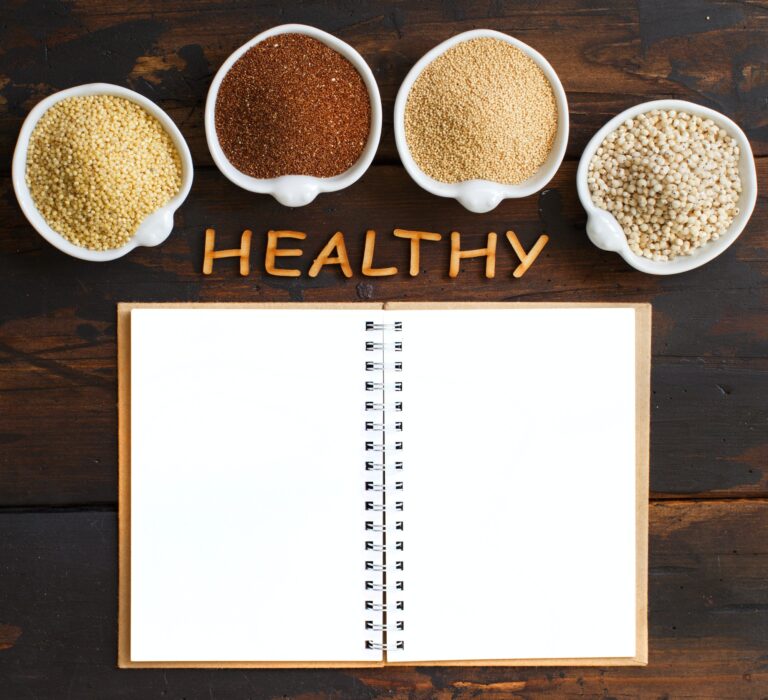
If you’re like most people, you’ve heard of “gluten” but you don’t really know what it is. Gluten helps foods maintain their shape by acting as a sort of glue. Furthermore, it’s the general name for proteins found in wheat products.
So to answer the question: yes! Wild rice is naturally gluten-free! Which makes it a great choice for anyone with celiac disease.
Wild Rice Is Amazing
The incredible health benefits of wild rice and the amazing taste make it a superfood that’s hard to come by!
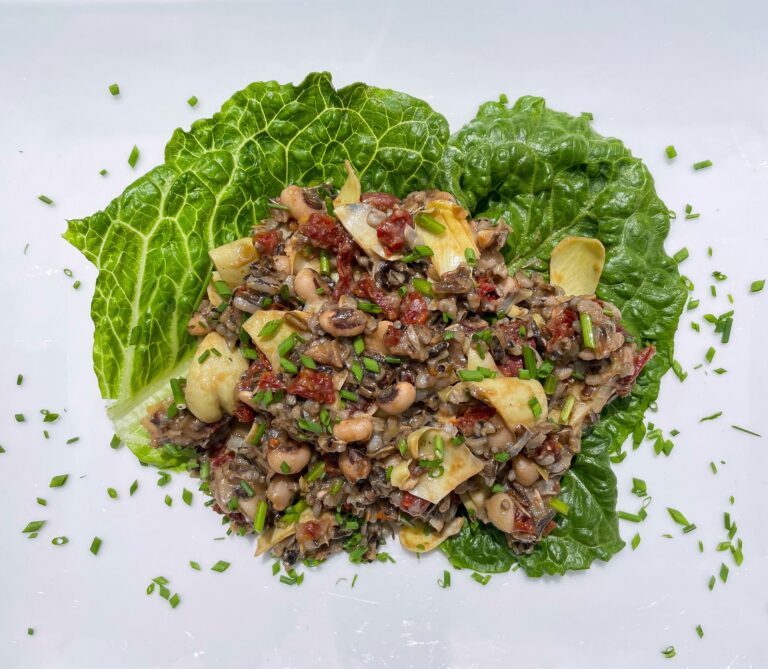
Oregon Wild Rice & Beans with Artichoke & Sun-Dried Tomato
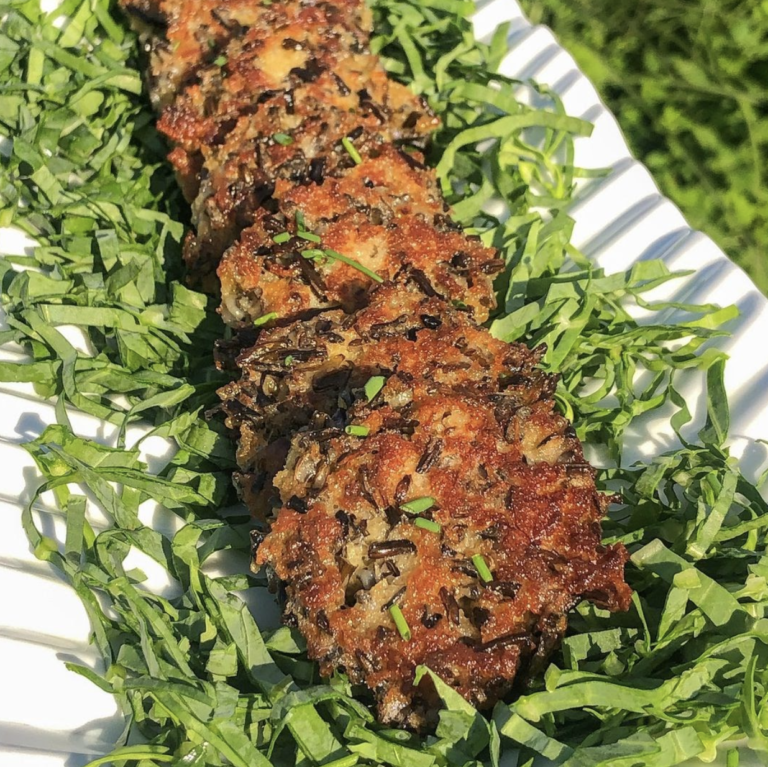
Oregon Wild Rice Bites
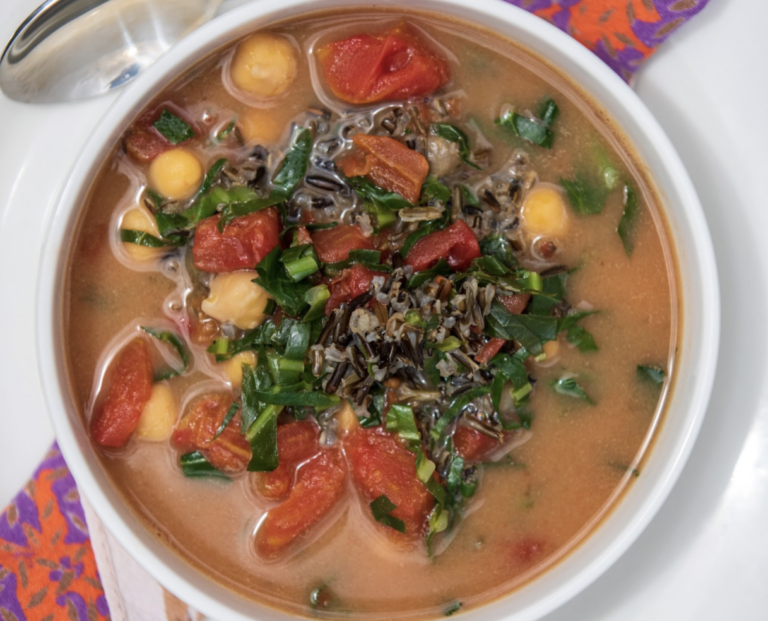
Oregon Wild Rice, Kale, & Bean Soup

